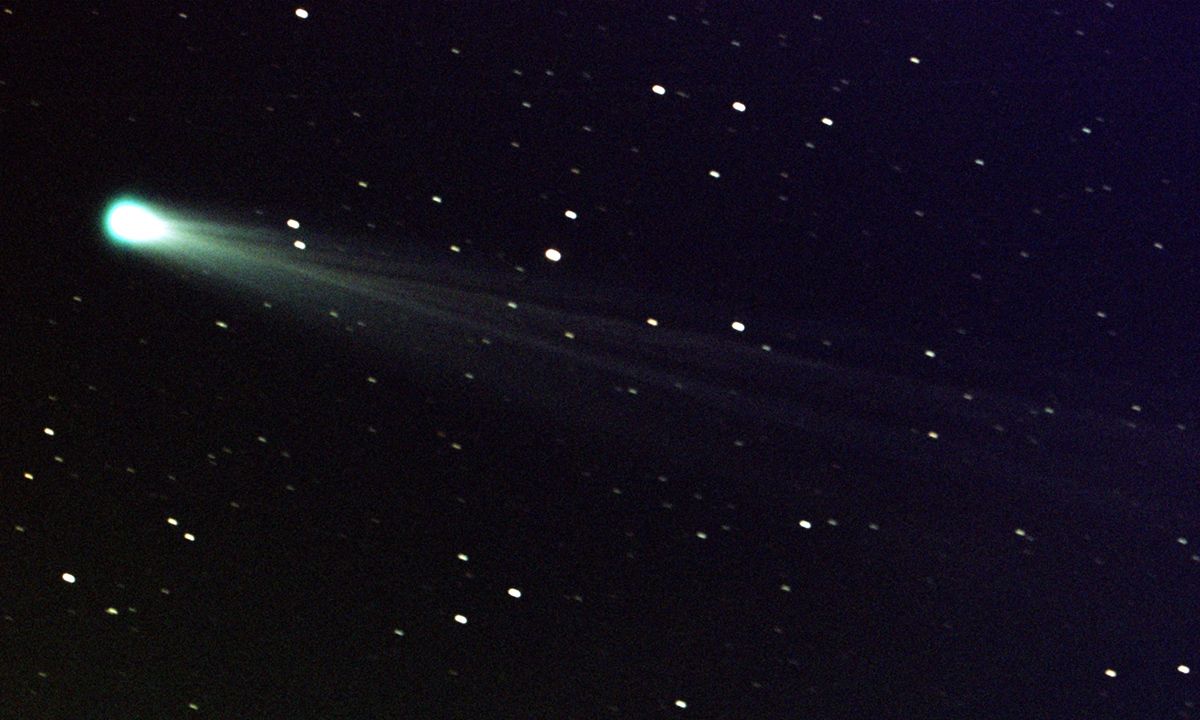For a few weeks in the summer of 2020, if you had been looking up on a clear night, there is a chance you might have spotted a rare visitor to our part of the Solar System. Through binoculars, it had the shape of a classic comet – a bright nucleus and long tail formed by ice being blasted into gas by the heat from the Sun. It could even be seen by the naked eye in the Northern Hemisphere during early July.
But then it disappeared. No one who saw that comet – given the catchy name of C/2002 F3 (Neowise) – will ever see it again. Nor will their children. Or indeed will several generations after their children's children. This particular comet is not due to be seen again for another 6,800 years.
Its brief flyby, however, was notable for more than just how long it would take to return (many short period comets visit our skies multiple times in a person's lifespan). C/2002 F3 (Neowise) is thought to have come from one of the least explored and most mysterious parts of our solar system – the vast, frozen Oort Cloud.
It is found in the furthest reaches of the Solar System, beyond the asteroid belt and the gas giants, further out than the icy worlds of Uranus and Neptune, and even far outside the distant orbit of Pluto. It sits even beyond the outer edge of the heliosphere, the bubble of plasma thrown out by our Sun which encases our Solar System and marks the start of interstellar space. (Read more about the weird space that lies outside our solar system.)
Like an enormous shell, the Oort Cloud engulfs our Solar System – not just along the plane where the planets, asteroids and dwarf planets lie, but extending in all directions. The only problem is, we can't be completely sure this enormous icy dome is really there.














